Welcome back to Cfile’s Digest series where we skip the hors d’oeuvres and get straight to our top 5 innovations in ceramic design. Enjoy less words and more images of our favorite design news as of late.
1. Modular Mold Magic
Granby Workshop, the social enterprise set up by Turner Prize-winning architecture collective Assemble, has launched a range of slip cast vessels as part of London Craft Week.
Presented as a Pop-up Bottle Shop at Coals Drop Yard in London’s King’s Cross, the collection consists of cylindrical ceramic tableware, including cups, pots, jars and bottles. The collection is made using a slip casting technique, where liquid clay is poured into a plaster mold so that when the clay solidifies it retains the mold’s shape.
“The range is based on ongoing research exploring the potential of slip casting as a creative manufacturing technique,” said the workshop. Granby Workshop adapted the process to include a system of eight stackable modular molds to allow for multiple possibilities to be made from combinations of the eight individual parts. The modular mold system was initially developed during a residency in Japan earlier this year, where Granby Workshop spent four weeks experimenting with slip-cast-ware in a traditional wood-fired climbing kiln. Unlike conventional slip casting, where a plain clay body is decorated after molding, the designers chose to incorporate colorful, texturized clay into the making process. The designers used offcuts from their “extremely vibrant” encaustic tile project, which they blended into slip to create colorful liquid clay. Each product is made with different colors and mold combinations, meaning that each piece is unique.
“Different surface effects have been achieved from pouring, spraying and sponging the liquid clay into the mold,” said the designers. The exterior of the ceramics is unglazed so that the imprints left over by the molds can be seen.
Granby Workshop’s new collection is available at the Granby Workshop’s Pop-up Bottle Shop at Coal Drops Yard in Kings Cross, London until 12 May. Assemble made history when it became the first non-artist to win the Turner Prize in 2015. The team are best known for their public installations, which include a brutalist-inspired playground and a temporary cinema constructed beneath a flyover.
Read more in Artistwork

2. New Work in Terracotta from Sebastian Herkner
Sebastian Herkner did an internship with Stella McCartney in London, which helped to hone his feeling for materials, colors, structures and textures. It this series Barro he does not work with color.
He has designed vases, bowls and pots, crafted for Ames by traditional potters in small, family-run manufactories located in the Colombian province of Tolima. The Barro pots are offered in two different designs: with a base or in a three-legged version. Both are available in two sizes. Herkner won the IF Award, the Iconic Award and the Elle Deco International Design Award (EDIDA) and in 2019 Maison&Objet elected him “Designer of the Year”.
To learn more visit Herkner’s website here
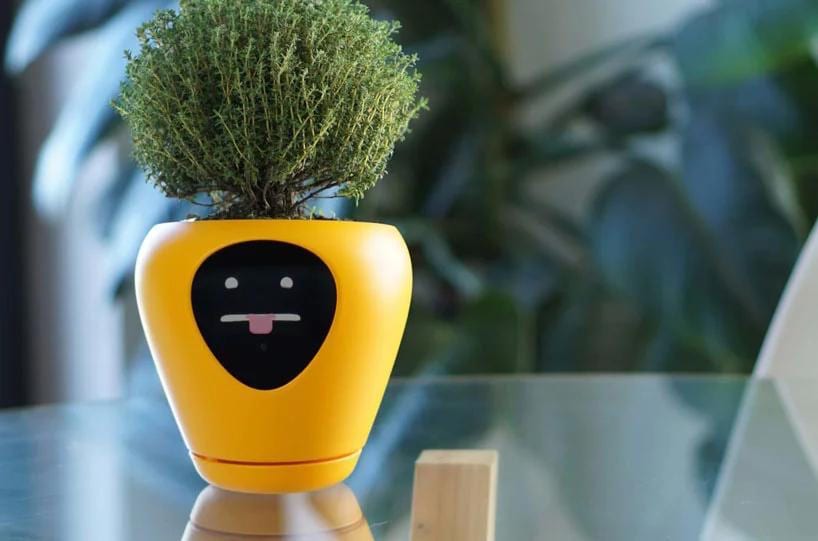
3. When Plants Talk Back
A face appears on your planter, with an image of chattering teeth, warning you the plant is cold.
Luxembourg-based Mu-Design transforms your planter into Tamagotchi-like pets. Making it easier for plant owners to look after their greenery. The ‘lua’ device is loaded with a series of sensors that let it trigger up to 15 different emotions, measuring everything from the soil’s moisture, temperature, to light exposure. Emotions are displayed via a 2.4 inch LCD screen located at the front of the smart planter. It displays a panting face if your plant needs water, a face with chattering teeth if the plant is too cold, and a sweating face if the plant is too hot.
Read more in designboom
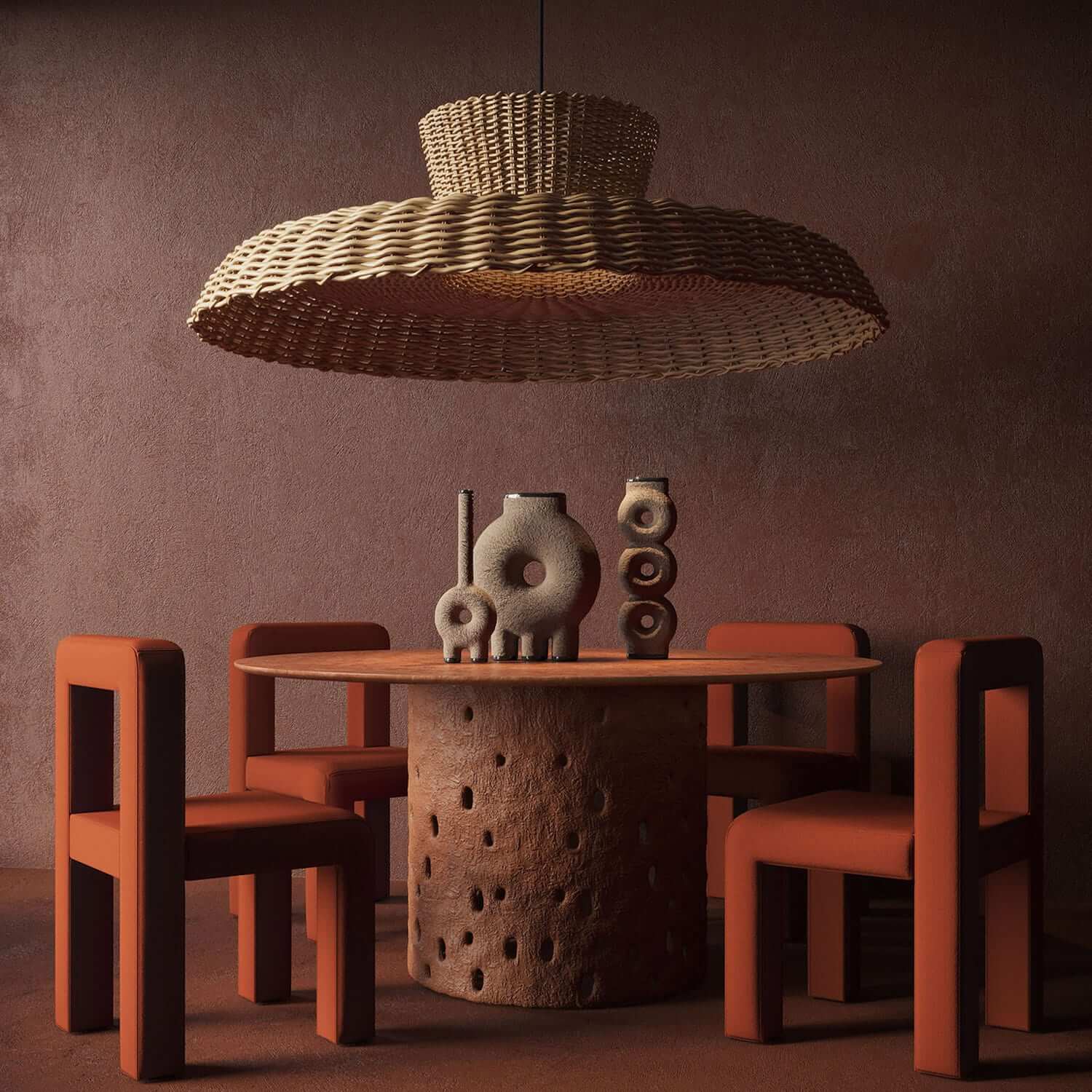
4. Material Conscious Design
Kiev design brand Faina studied traditional local materials, clay, wood, willow and flax, to tell the story of Ukraine’s design roots according to Dezeen:
“Cabinets with doors crafted from clay and seats made from flax covered with a special biopolymer coating are some of the designs produced by the brand. Set up in 2014 by architect and designer Victoriya Yakusha with the aim of putting the large eastern European country’s design industry on the map, Faina incorporates local natural materials into its furniture lines. Clay is also believed to be beneficial for health and wellbeing in Ukraine, and is widely used in the home, for example to make benches and beds, as well as structural elements such as walls. “It’s believed in some Ukrainian villages that this material can actually heal people, filling their hearts with warmth and their bodies with living energy,” Yakusha added.”
Read more in Dezeen
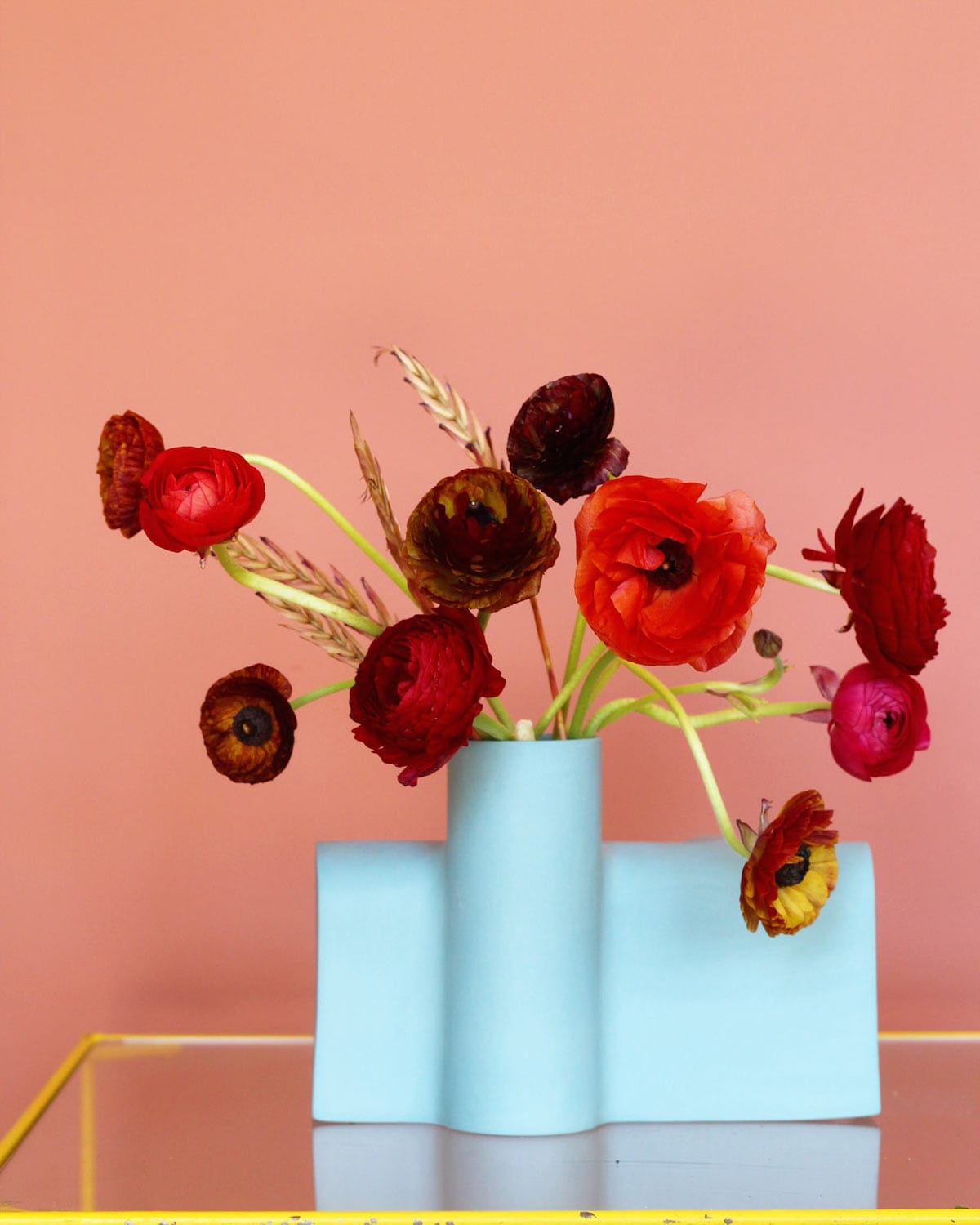
5. The Vessel + the Vascular
Tossing typical vase shapes aside, Edgewood Made has created a trio of unique vases that are inspired by vascular systems, like those in trees, plumbing systems, and the human body’s circulatory system:
“Vase Section comprises three shapes that, just like vascular systems, are made up of different tubes and forms that fit together to become a full system. Those tubes, or vessels, and other components of various sizes and shapes, informed the sculptural silhouettes of the handmade vases, which can be displayed separately or together. While each of the three vases – Section A, Section B, and Section C – have different shapes, they share similar sections that allow them to be arranged together in a row. Additional vases can be added on to create a larger tablescape, if desired. The vases can remain empty or they can be filled with any number of flowers or objects for an entirely new look.”
Read more in Design Milk
Visit Edgewood Made
Love or loathe our top design picks from the world of contemporary ceramic art and contemporary ceramics? Share your thoughts in the comments section below.
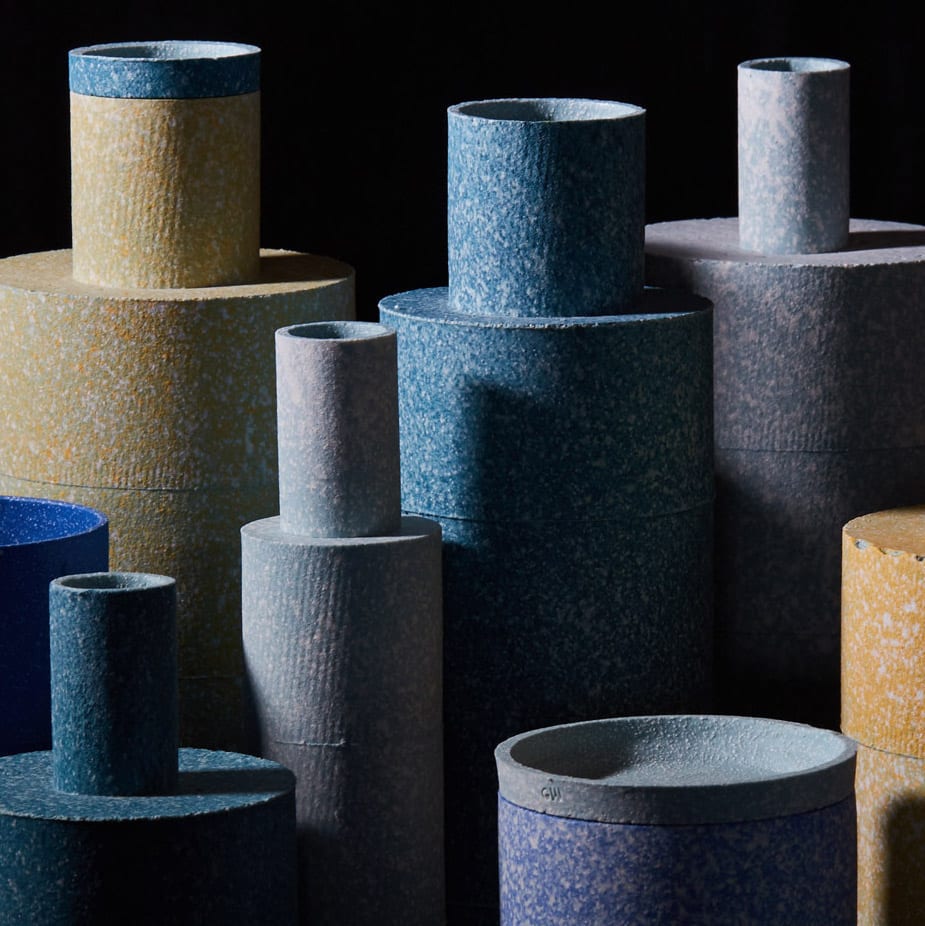
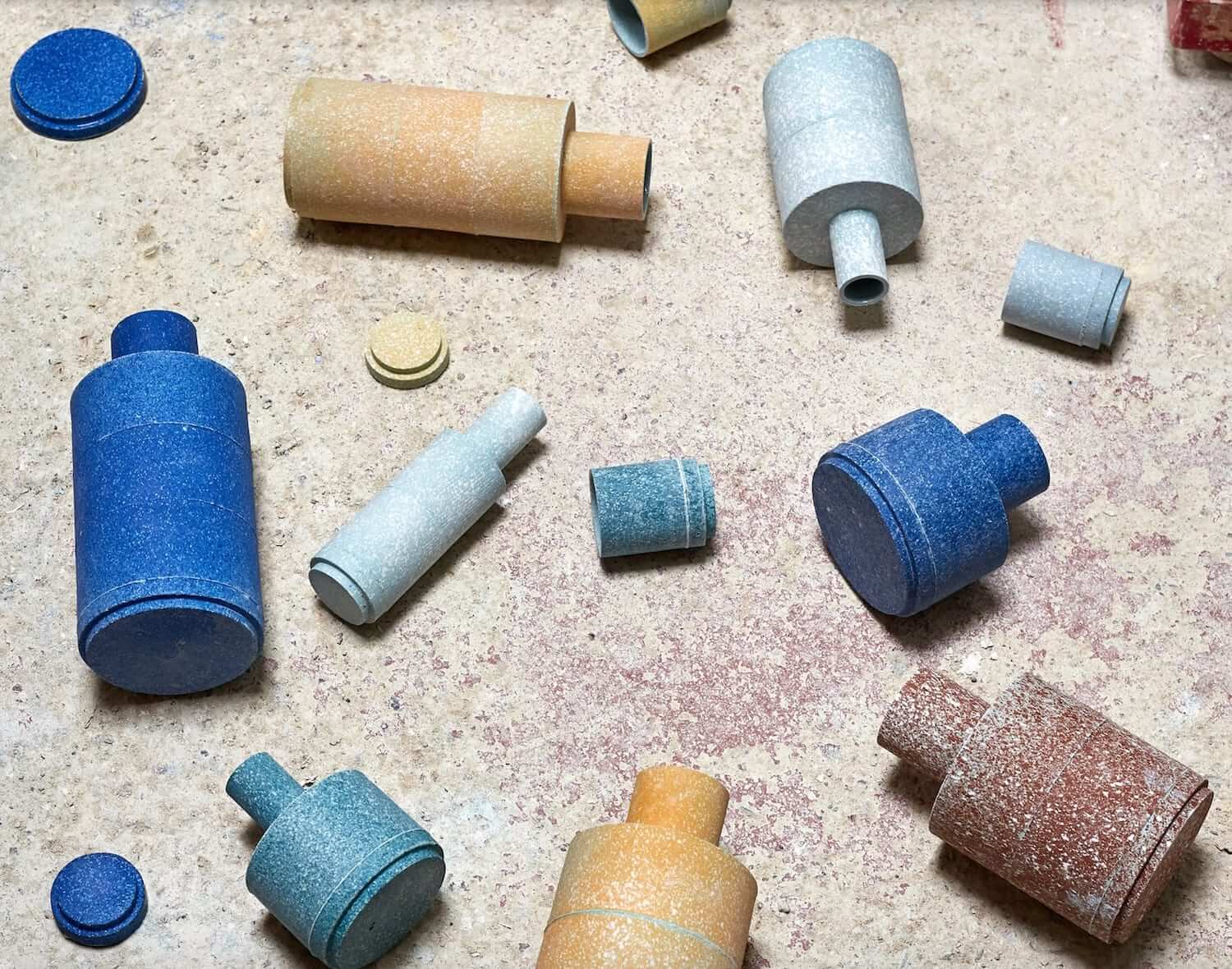
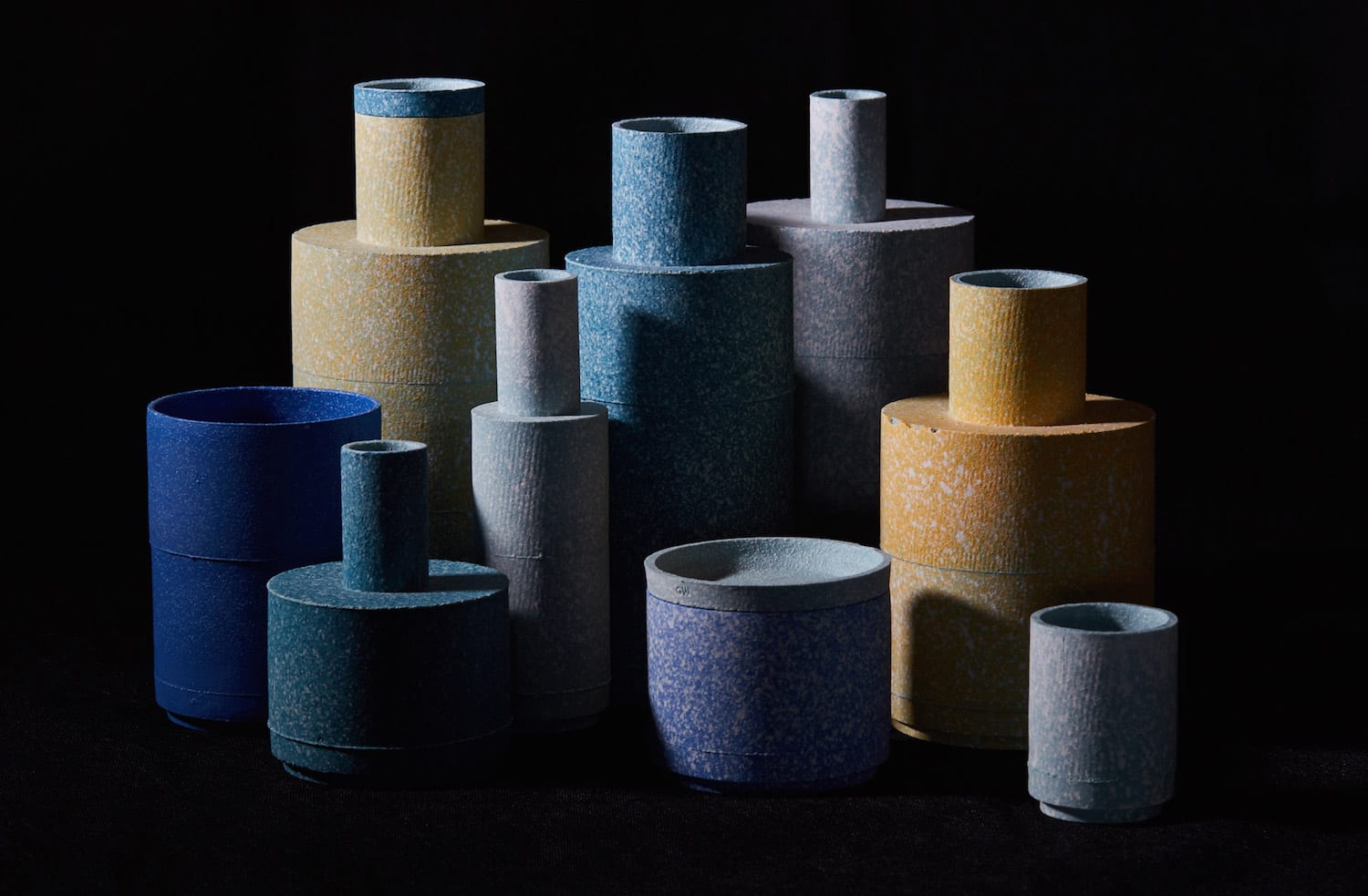
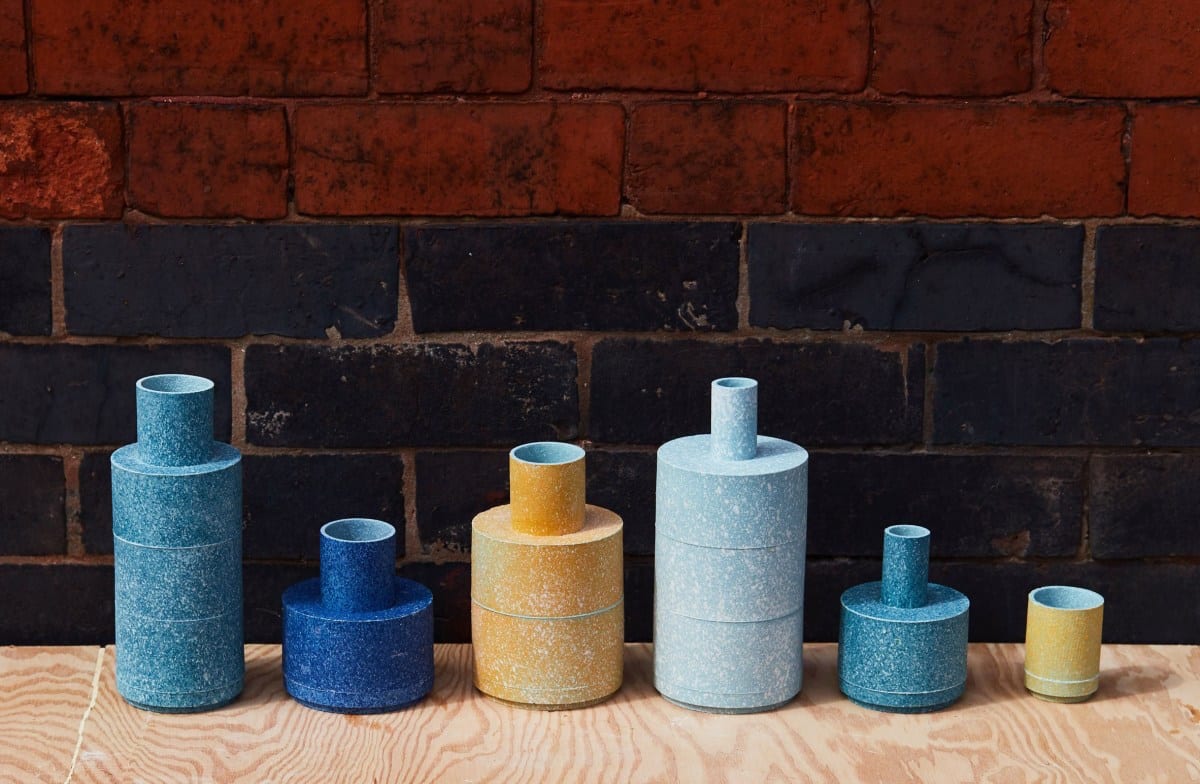
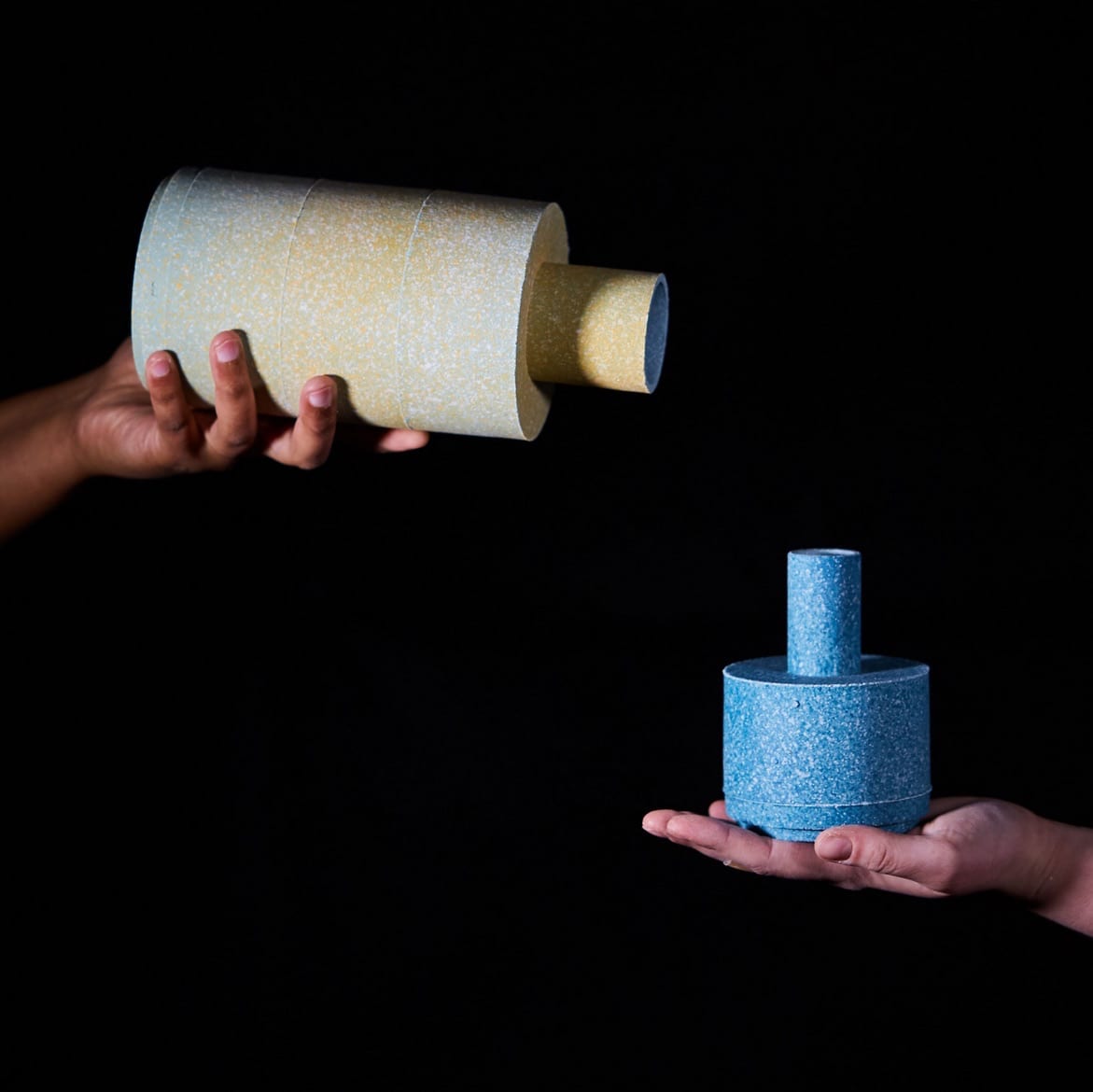
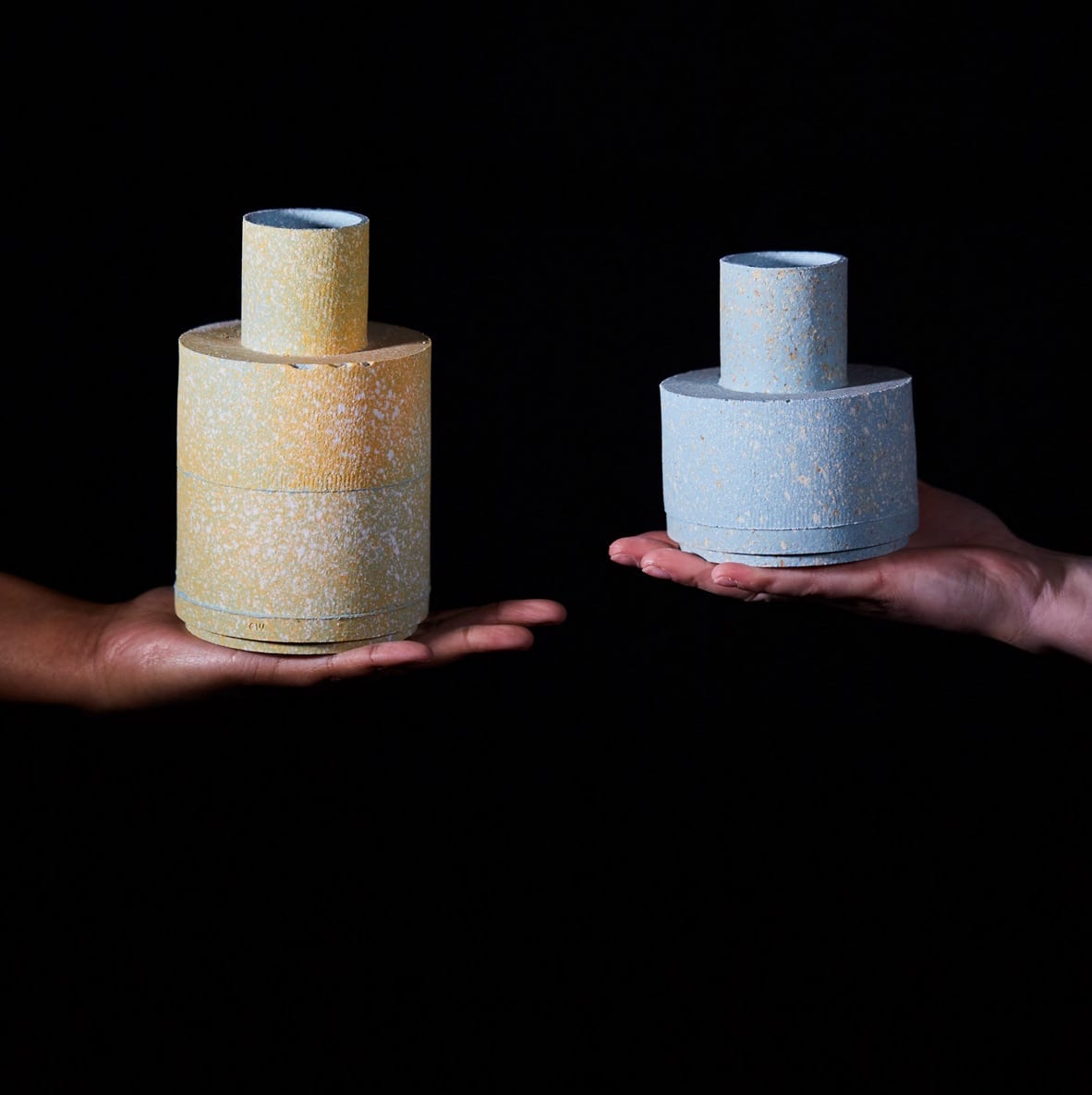
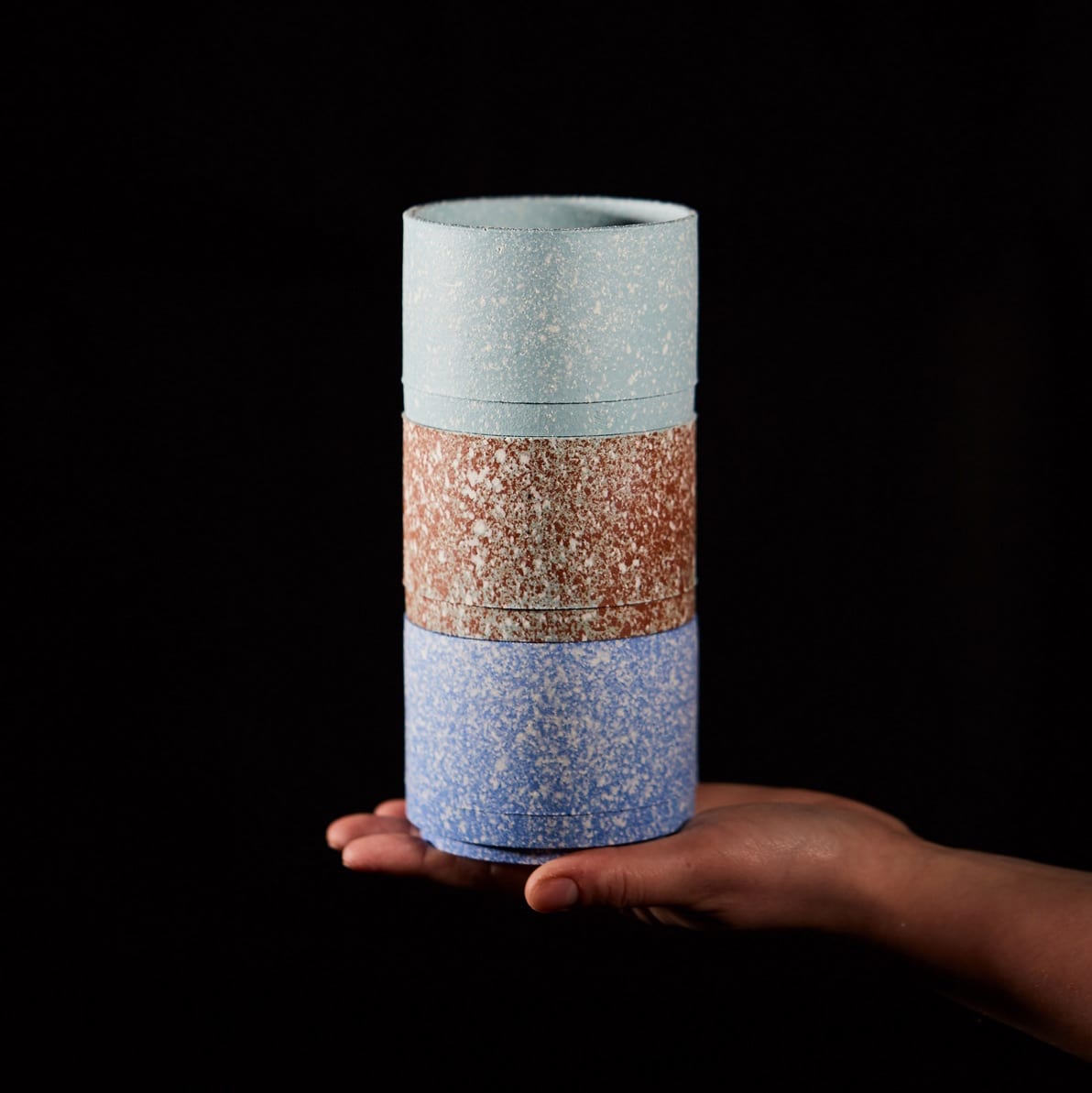

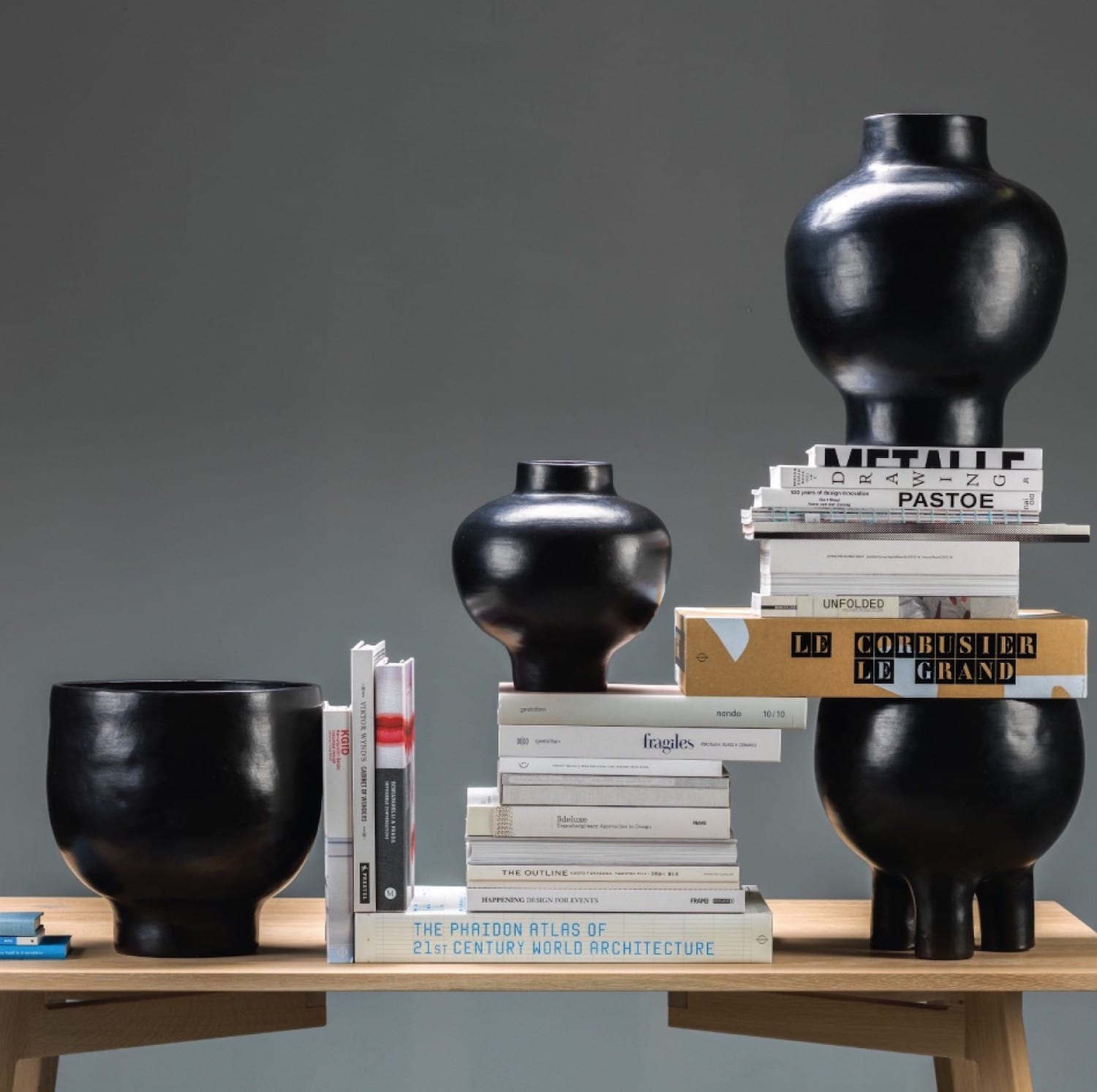
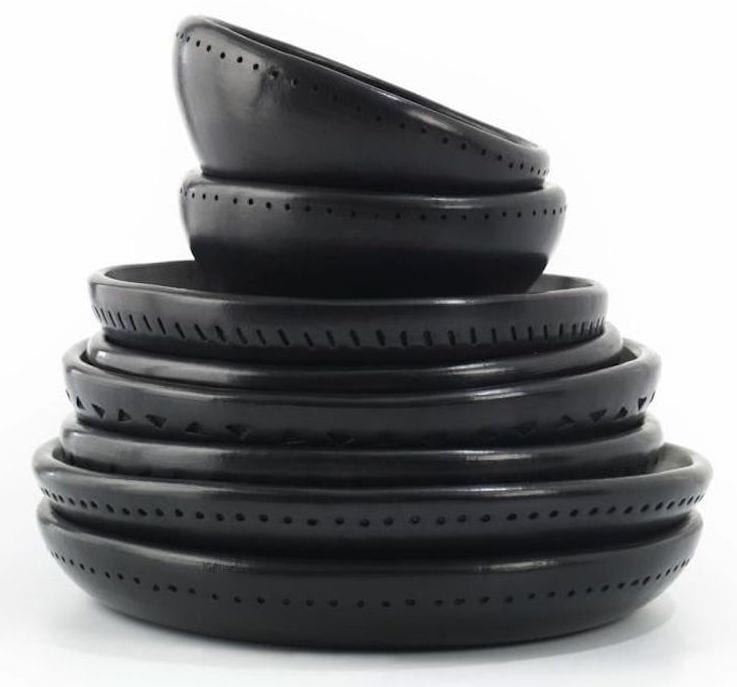
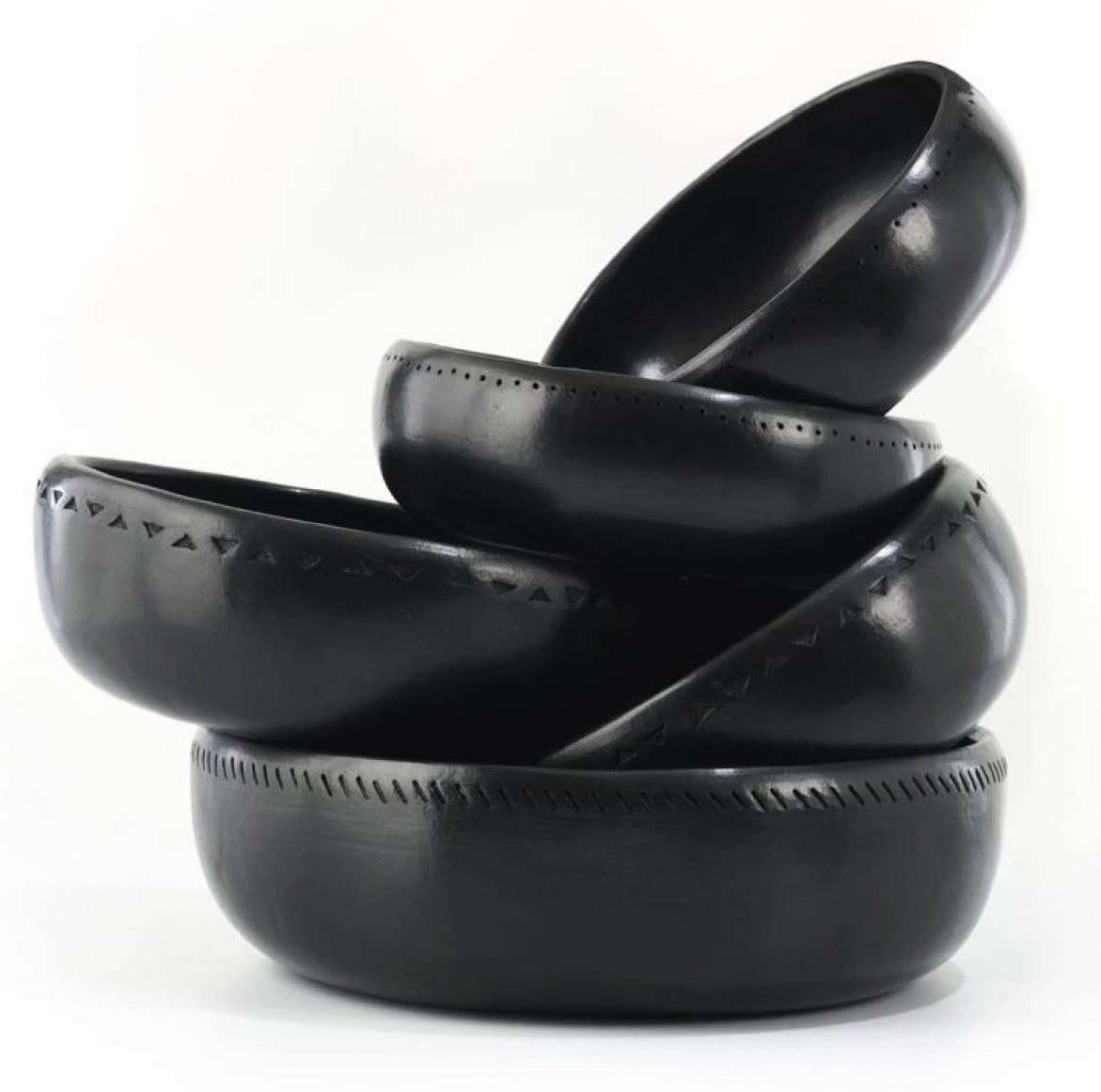

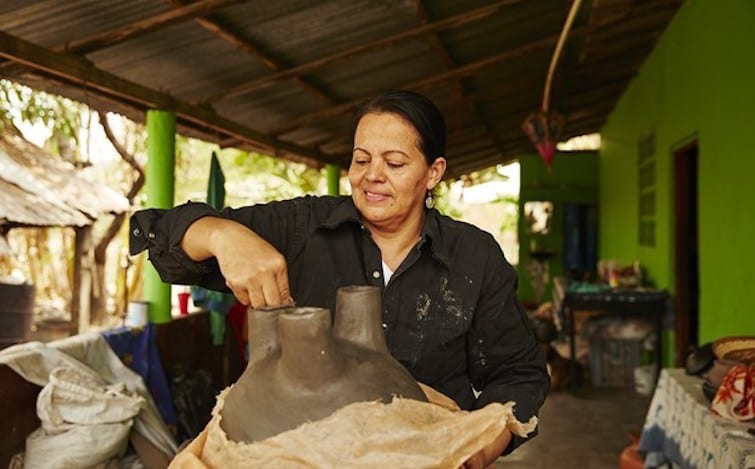
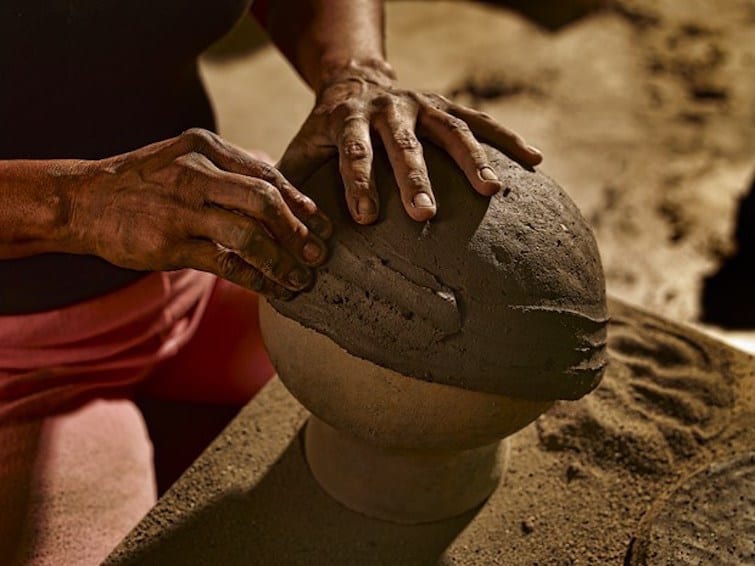

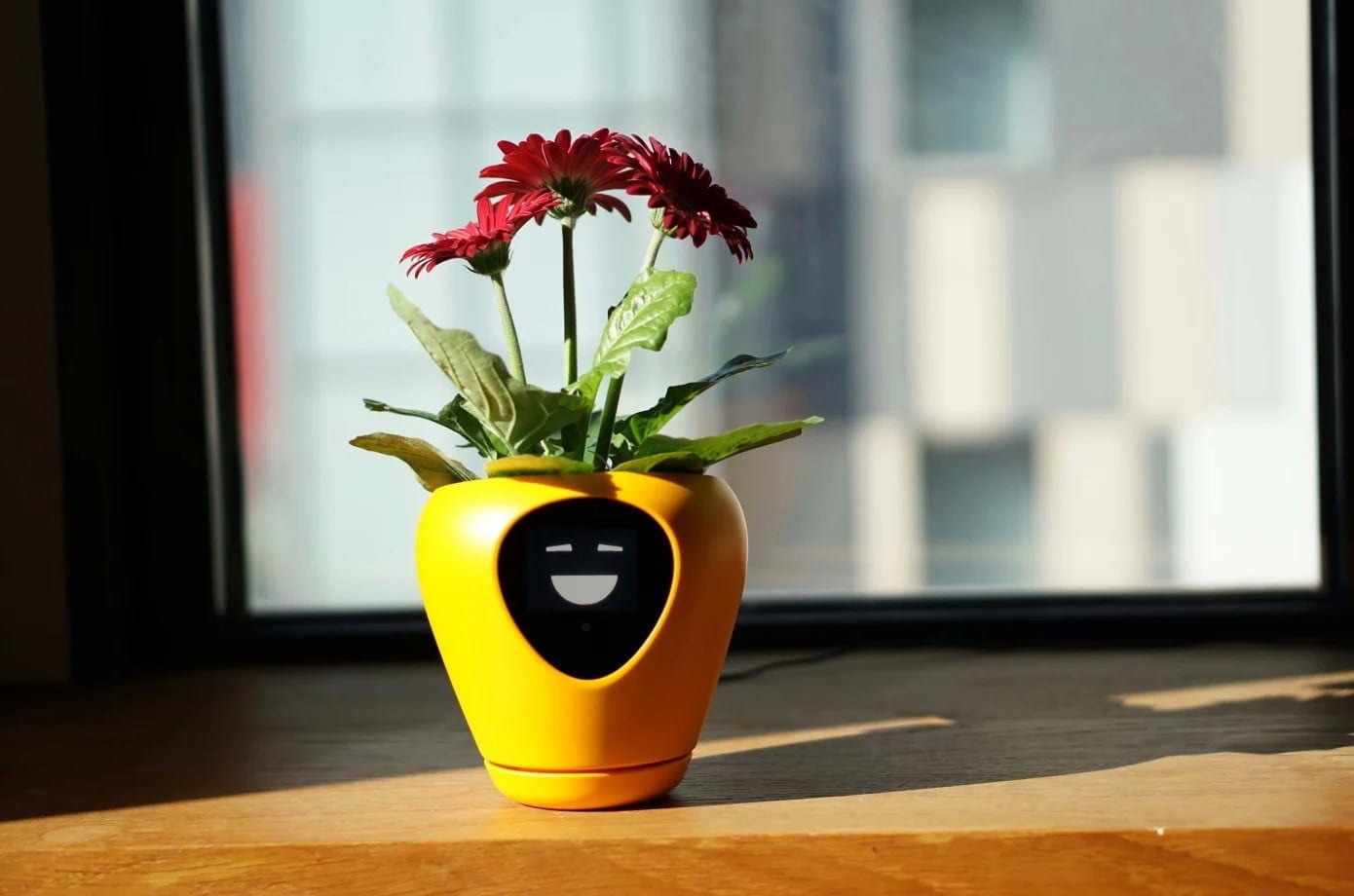
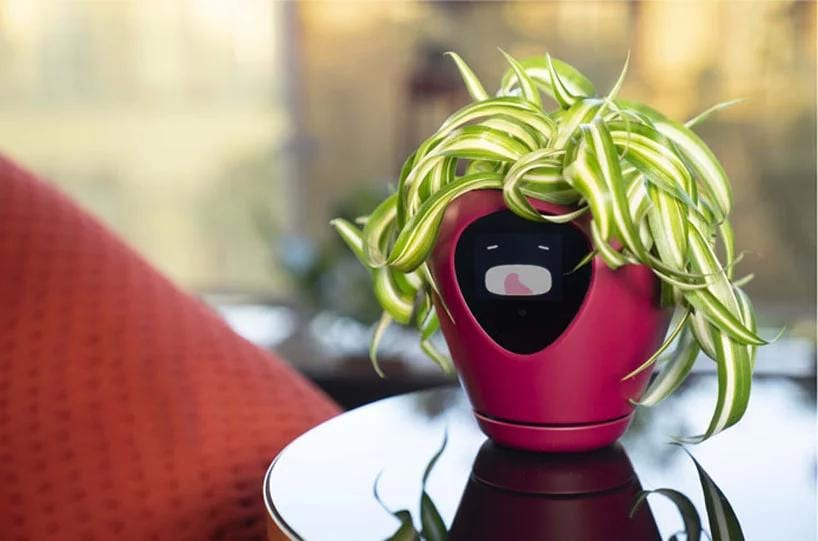
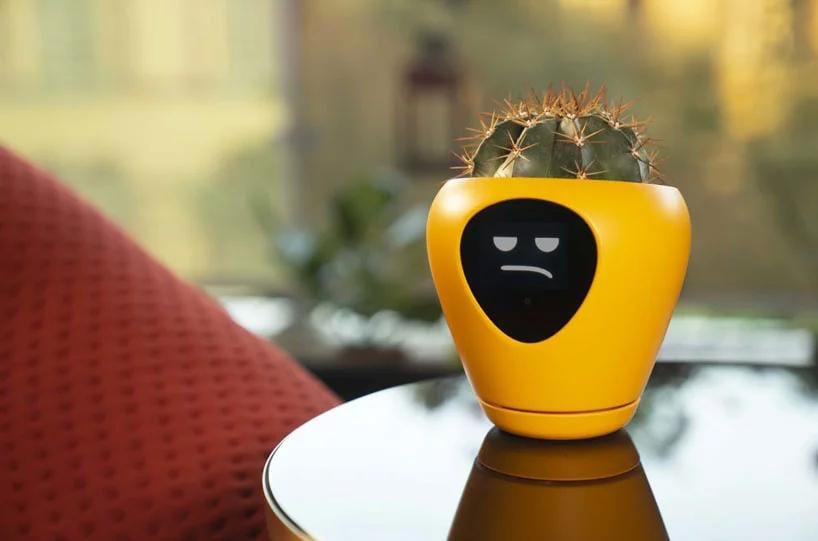
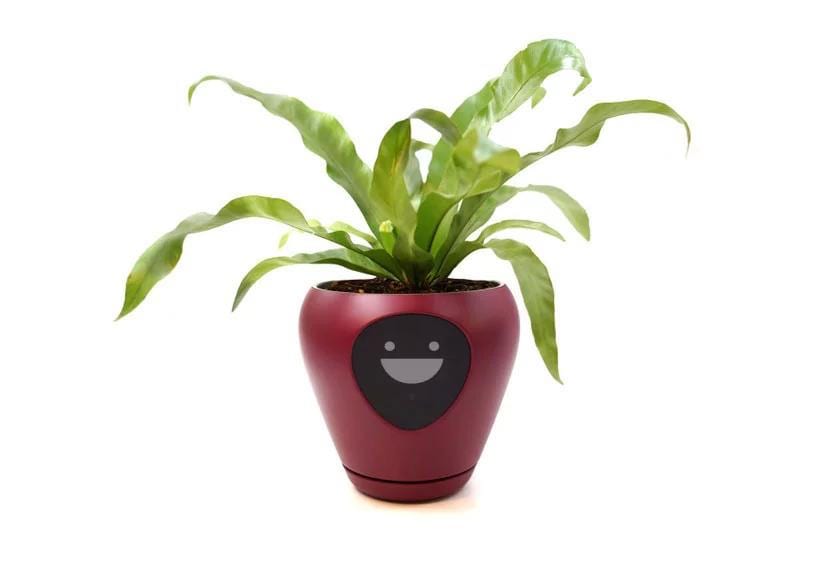
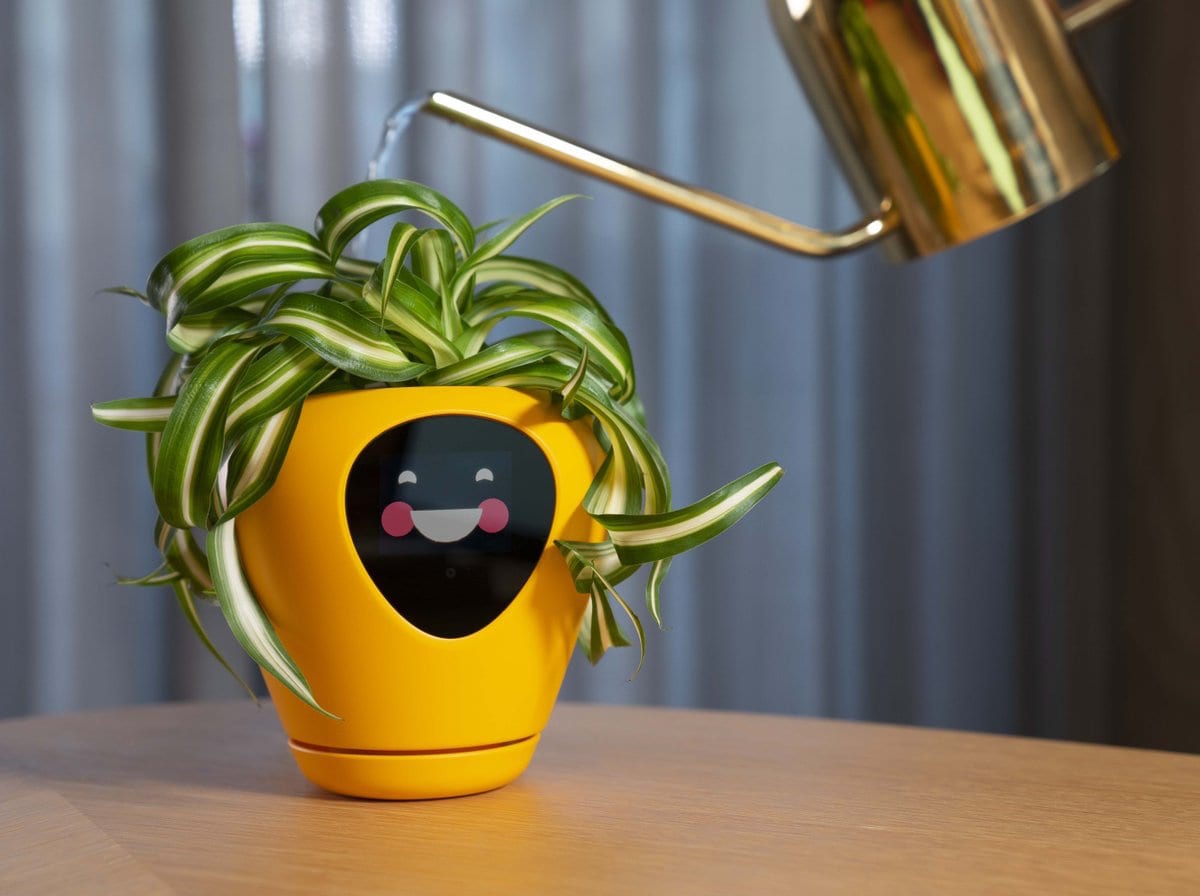

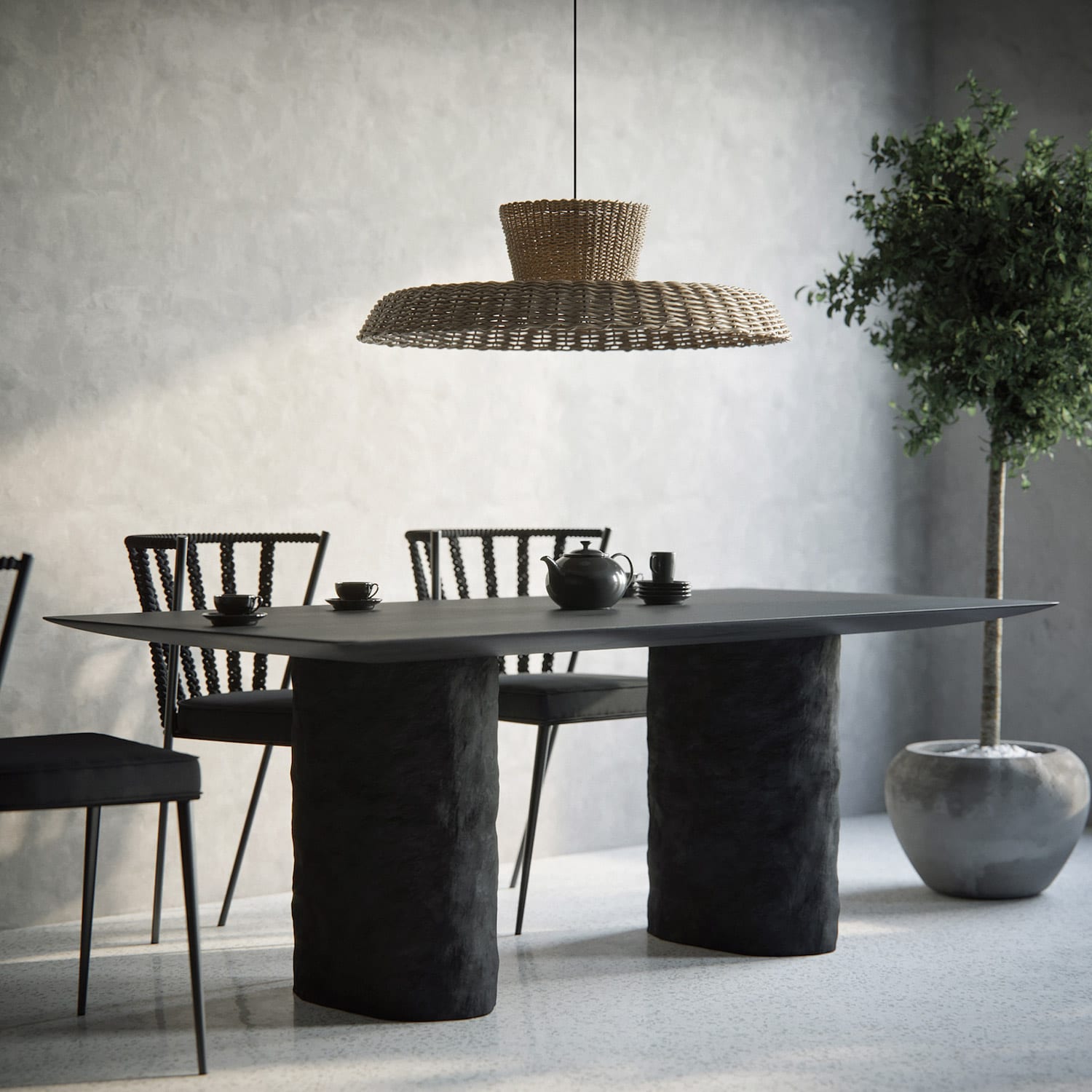

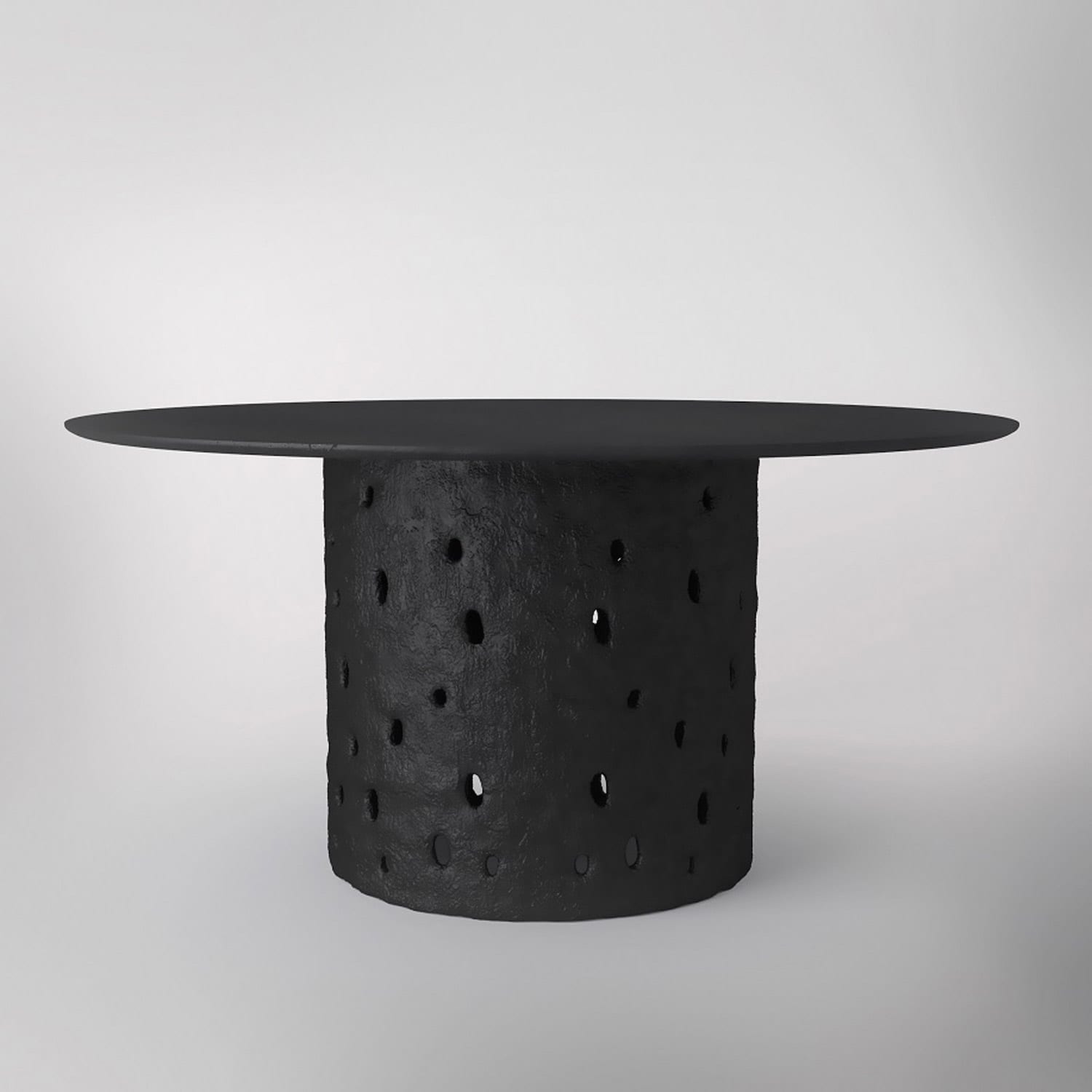
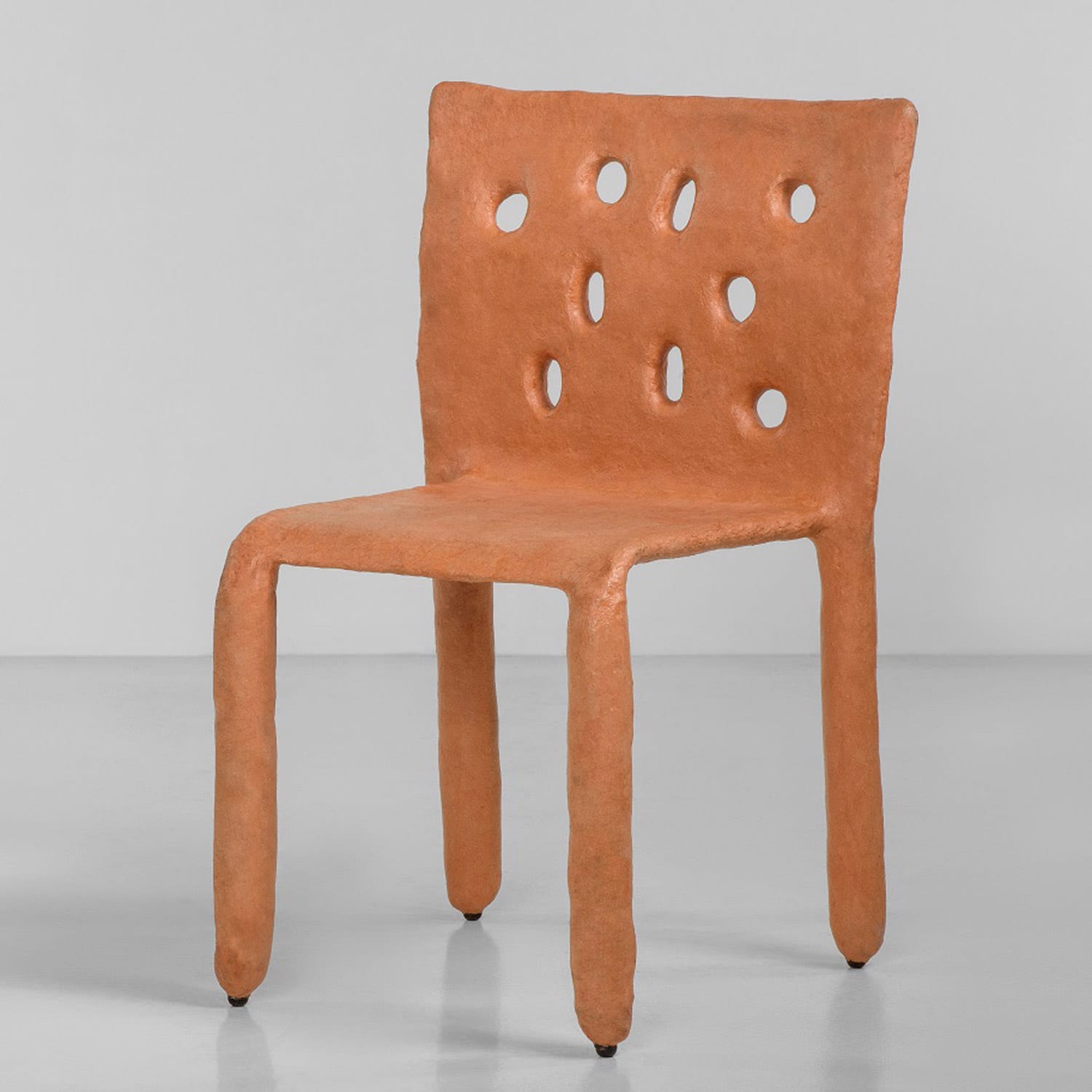
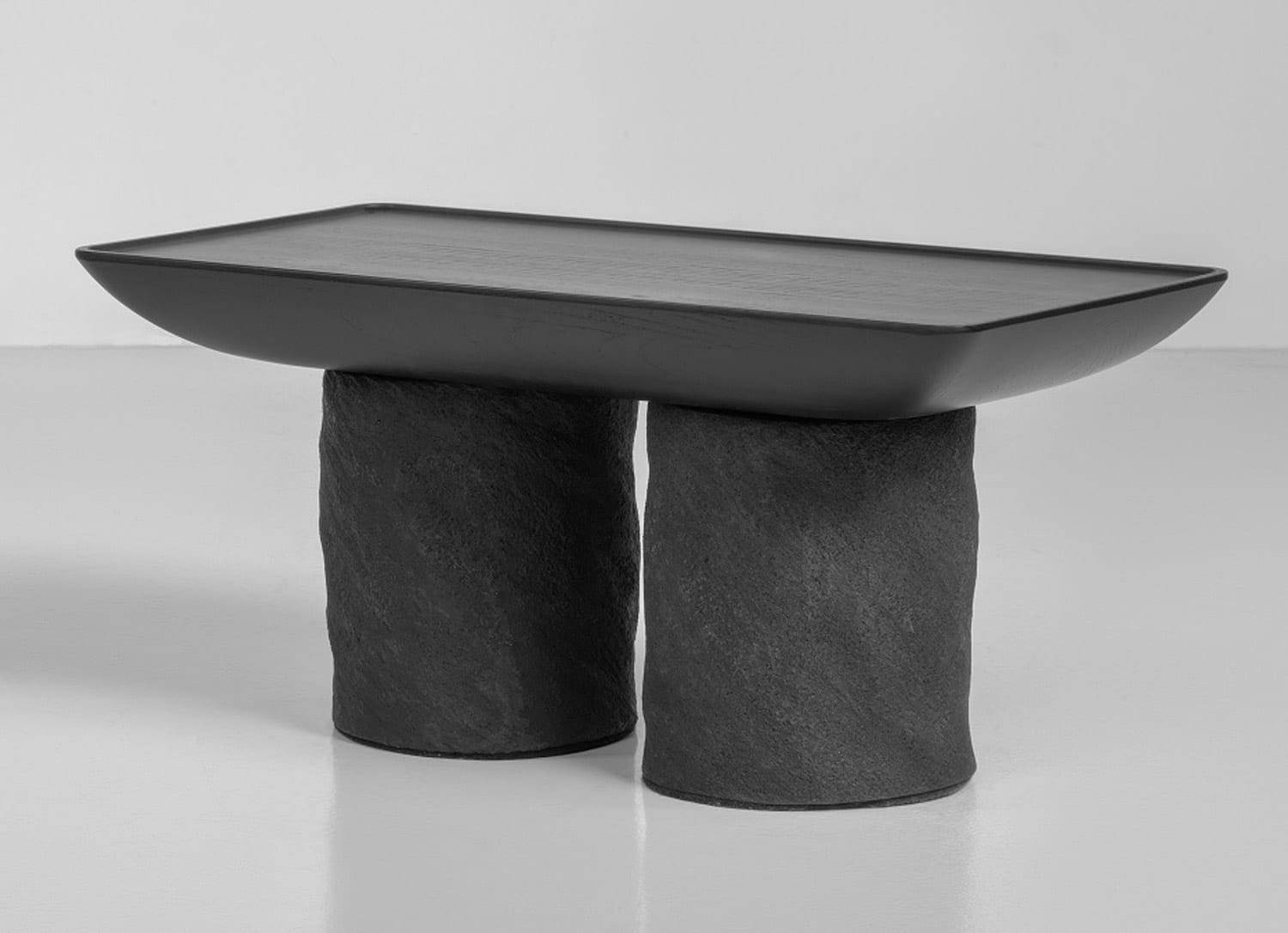

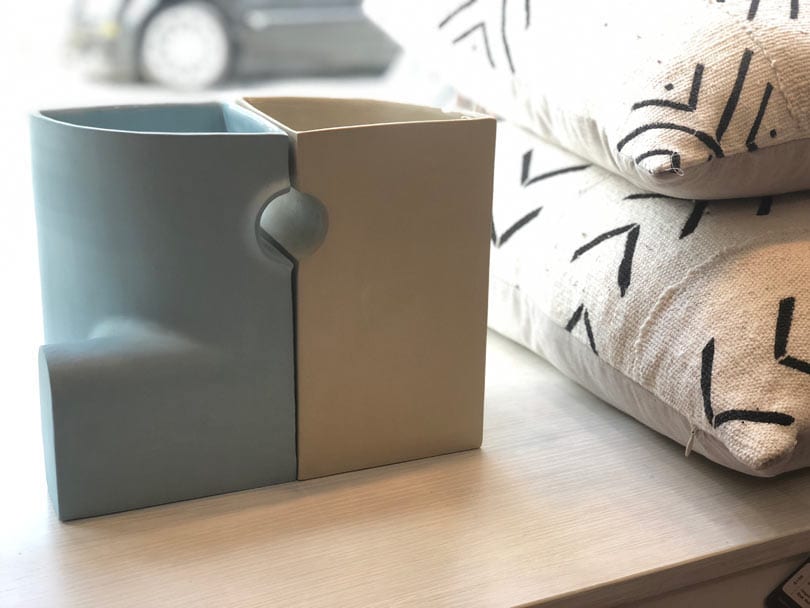

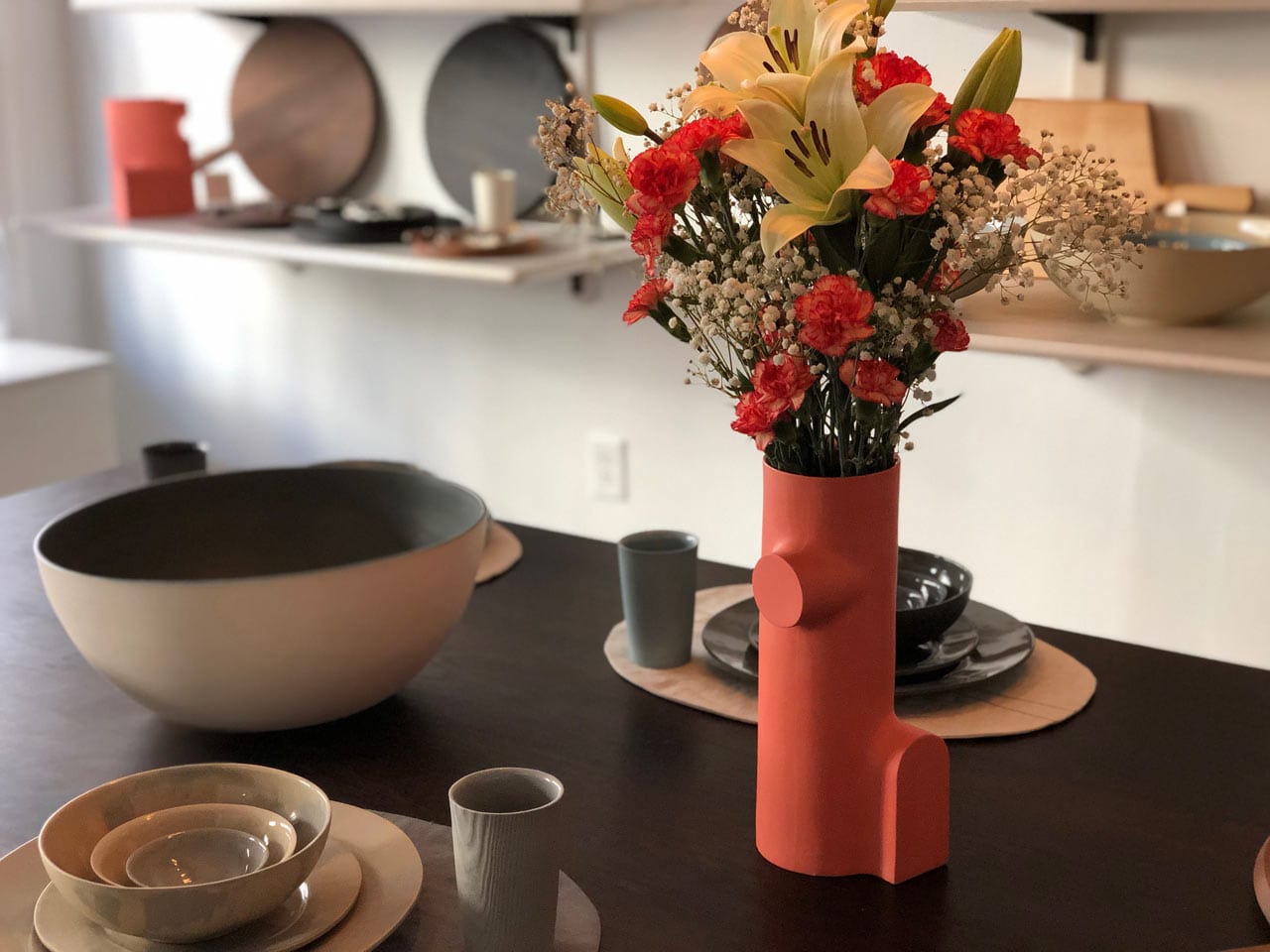
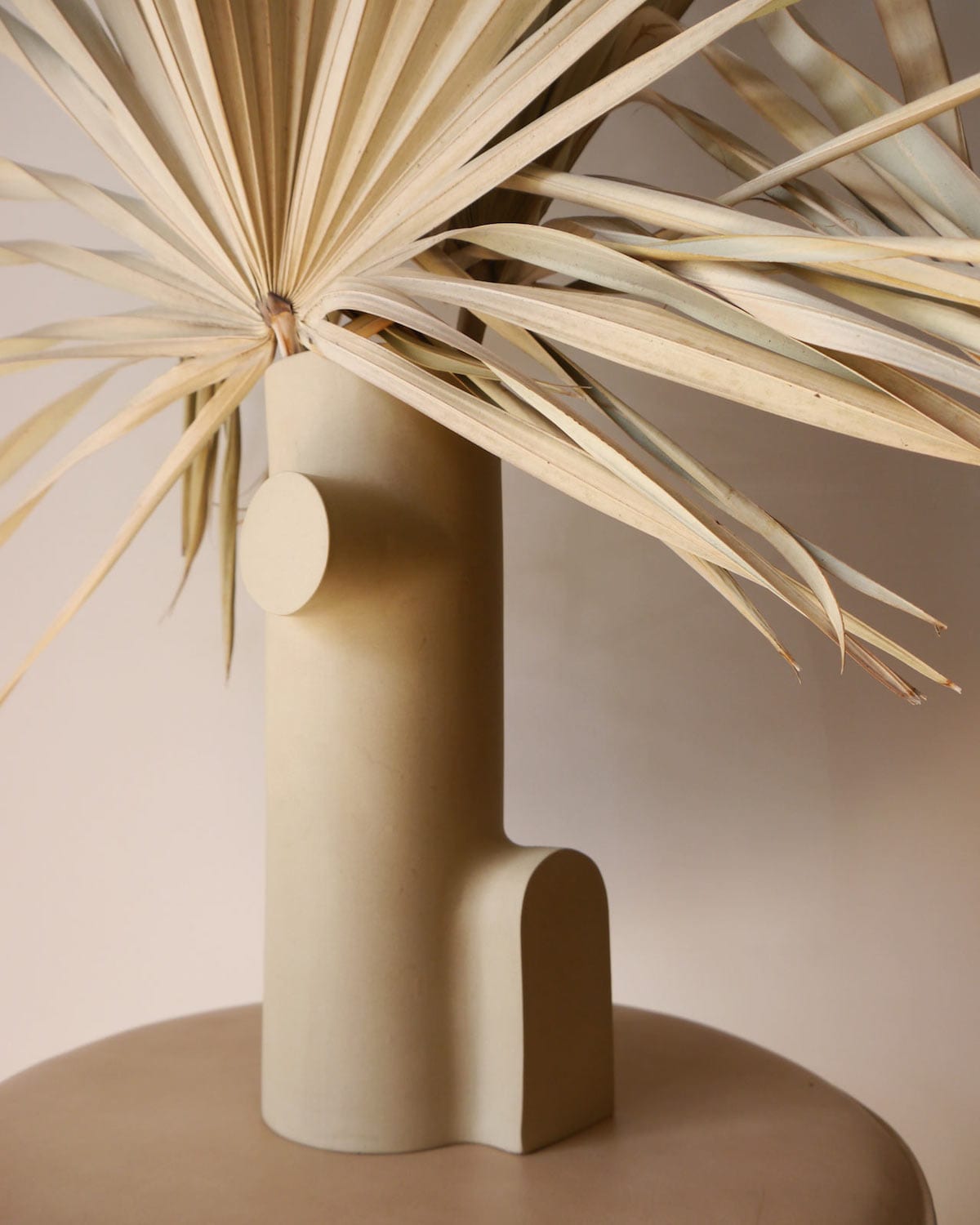
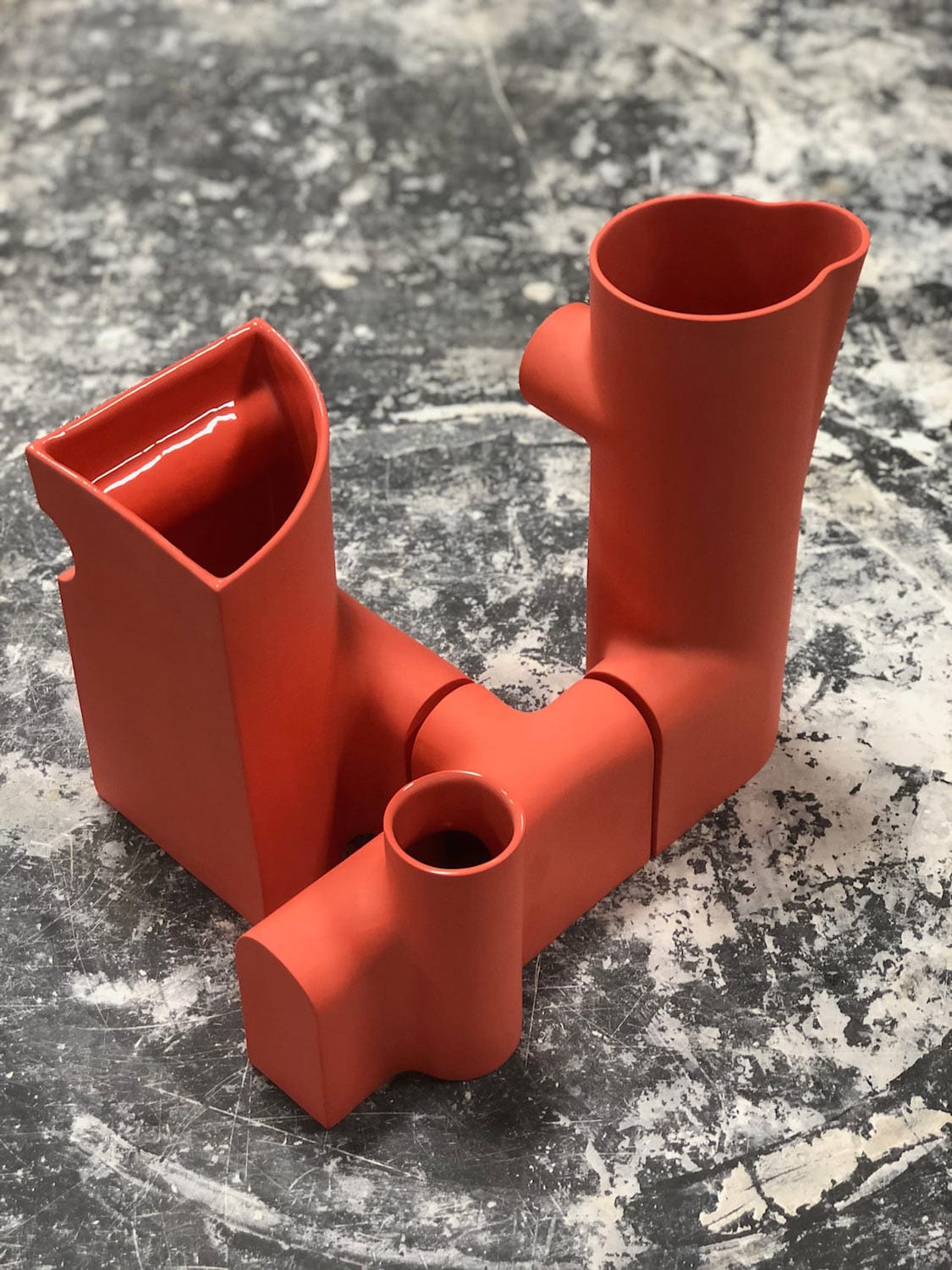
Add your valued opinion to this post.